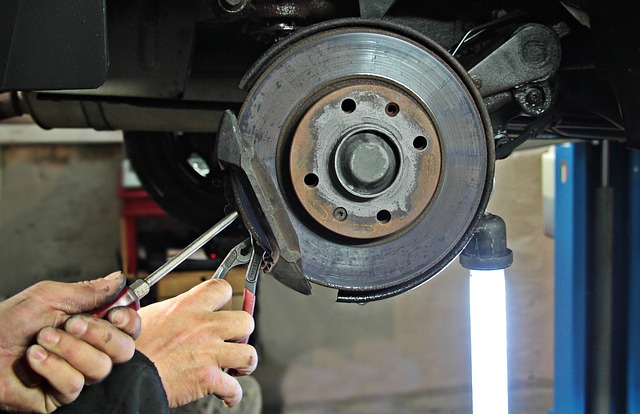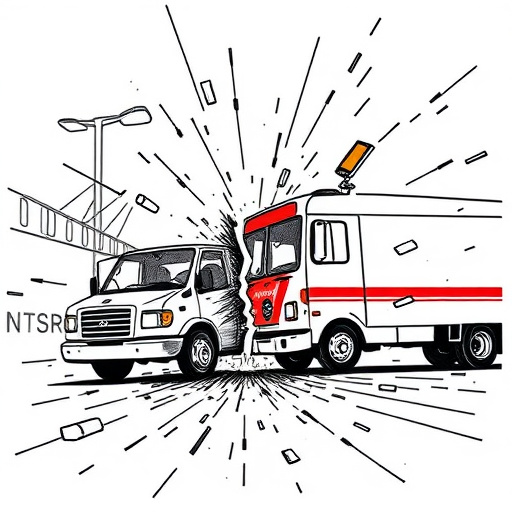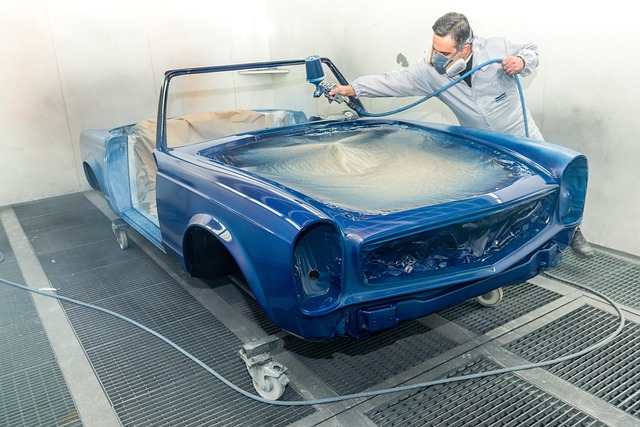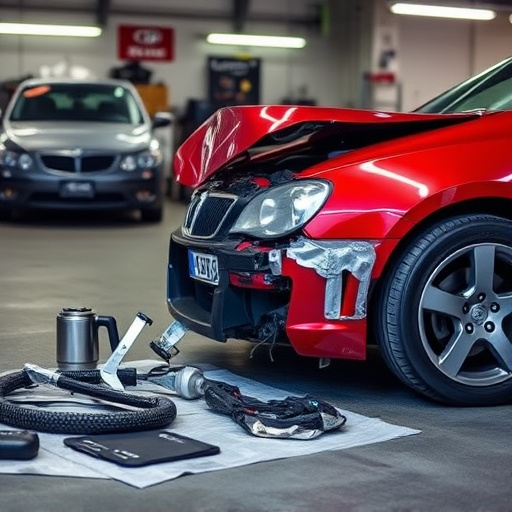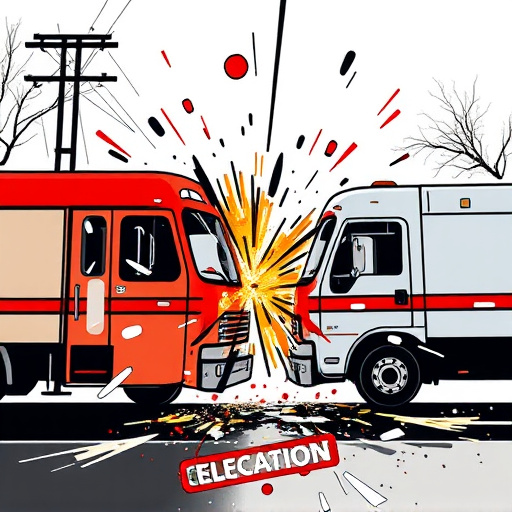Weather events can severely damage roofs, posing structural risks. Regular maintenance and timely roof dent repair are crucial to mitigate these issues. Early detection of dents prevents costly repairs. Assessment determines repair methods, from paintless techniques for minor dents to replacement for severe cases. Professionals use advanced tools and techniques for complex damage, ensuring structural integrity, aesthetic appeal, and long-term protection against future weather events.
In the relentless dance between nature and our built environments, weather plays a significant role in the longevity of our homes. This article delves into the intimate connection between weather damage and roof dent repair, offering insights on how severe weather conditions impact roofing structures. We’ll guide you through identifying and assessing roof dents, providing effective strategies for timely repairs to ensure your home’s protective barrier remains intact. Discover practical tips for minimizing weather-related damage and maintaining a robust, secure shelter.
- Understanding Weather's Impact on Roofs
- Identifying and Assessing Roof Dents
- Effective Strategies for Roof Dent Repair
Understanding Weather's Impact on Roofs

The unpredictable nature of weather patterns can take a significant toll on various aspects of our surroundings, and roofs are no exception. Extreme weather events, such as powerful storms, heavy rainfall, and strong winds, pose substantial risks to the structural integrity of roofing systems. These natural phenomena can lead to a range of issues, from missing shingles to severe damage that compromises the entire roof structure. Regular maintenance and timely repairs are crucial in mitigating these risks, ensuring both the longevity of roofs and the safety of occupants.
Roof dent repair is a critical aspect of weather-related maintenance. Damage caused by flying debris during storms, such as branches or falling tiles, can result in unsightly dents and holes that not only compromise the aesthetic appeal but also create entry points for water, leading to potential leaks and further structural damage. Prompt action to address these issues, whether through roof dent repair, auto glass repair, or automotive restoration for smaller components, is essential to prevent more substantial and costly problems down the line.
Identifying and Assessing Roof Dents
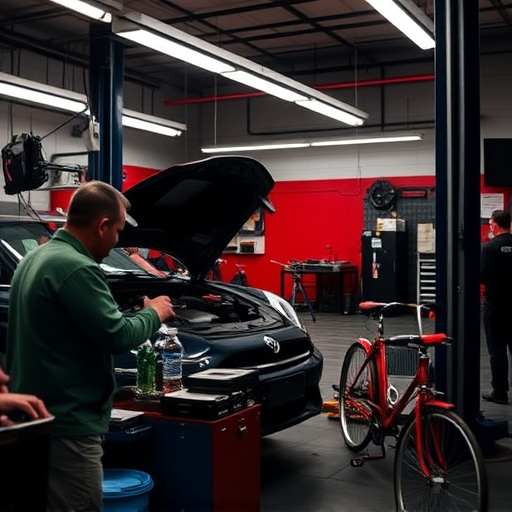
Identifying roof dents is the first step in any repair process. These dents can range from minor dings and scratches to more significant buckling or deformities caused by weather conditions such as heavy rain, strong winds, or hailstorms. Regular inspections are crucial to catch these issues early, preventing further damage and costly repairs. Homeowners should look for signs like warped shingles, bulging areas, or uneven surfaces that might indicate dented panels.
Assessing the extent of the dents is essential before deciding on the repair method. Light dents can often be fixed with paintless dent repair techniques, which preserve the original car paint and offer a swift solution. More severe cases may require replacing damaged shingles or even entire sections of the roof, depending on the level of deformation. Car paint services specializing in repair can provide expert advice, ensuring the longevity and aesthetic appeal of your roof through appropriate methods like car scratch repair for minor imperfections.
Effective Strategies for Roof Dent Repair
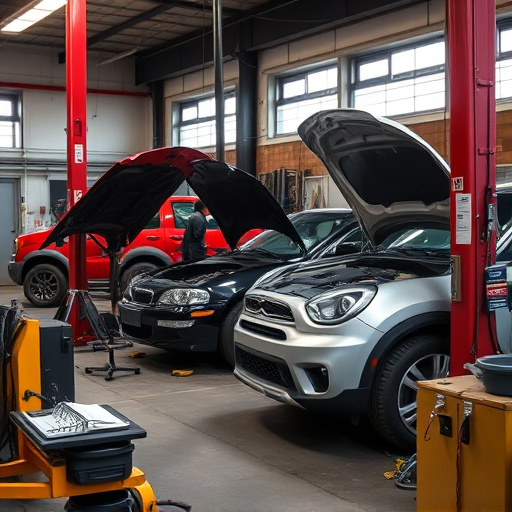
Roof dent repair is a critical aspect of maintaining your home’s integrity and aesthetic appeal. Effective strategies for roof dent repair involve identifying the extent of the damage, whether it’s from hail storms, fallen debris, or other weather events. Start by assessing the roof using torches or UV light to detect hidden dents or cracks. For small dings and scratches, consider using specialized tools like putty knives and dental picks to pop out the dents before applying filler and sanding for a smooth finish.
In cases of more severe collision damage repair or automotive body work, it’s best to consult with professionals. They employ advanced techniques such as heat guns or hydraulic presses to remove larger dents while minimizing the risk of further structural damage. Additionally, they can address associated issues like rust prevention and sealant application to ensure longevity and protect against future weather-related damage, enhancing your home’s overall resilience against harsh elements.
In understanding the significant impact of weather on roofs and the subsequent need for efficient roof dent repair, this article has provided valuable insights. By identifying and assessing dents promptly, property owners can prevent further damage and ensure the structural integrity of their homes. Adhering to effective strategies for roof dent repair not only enhances the aesthetics but also extends the lifespan of roofing systems. Remember that timely action and professional expertise are key in navigating weather-related challenges, ensuring a durable and reliable roof.

